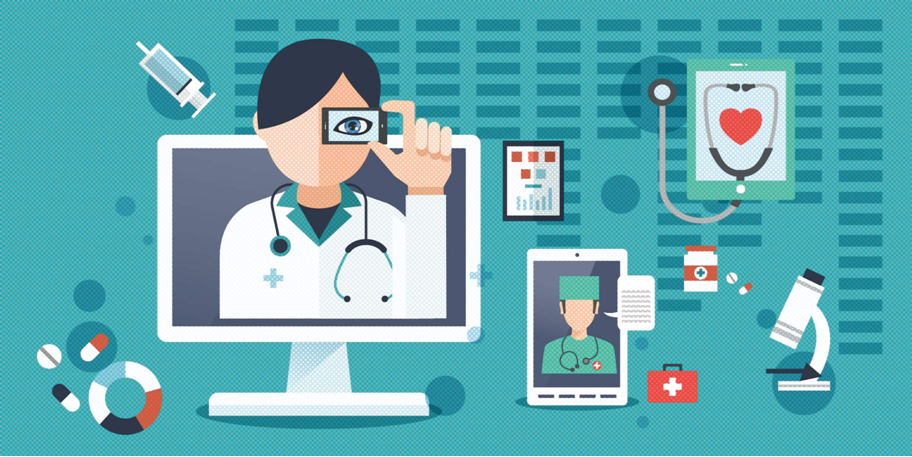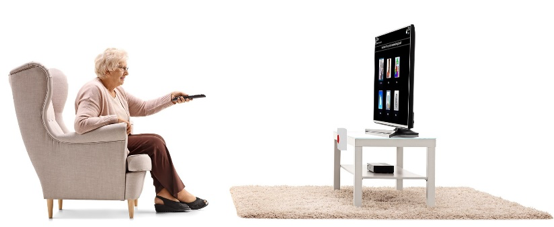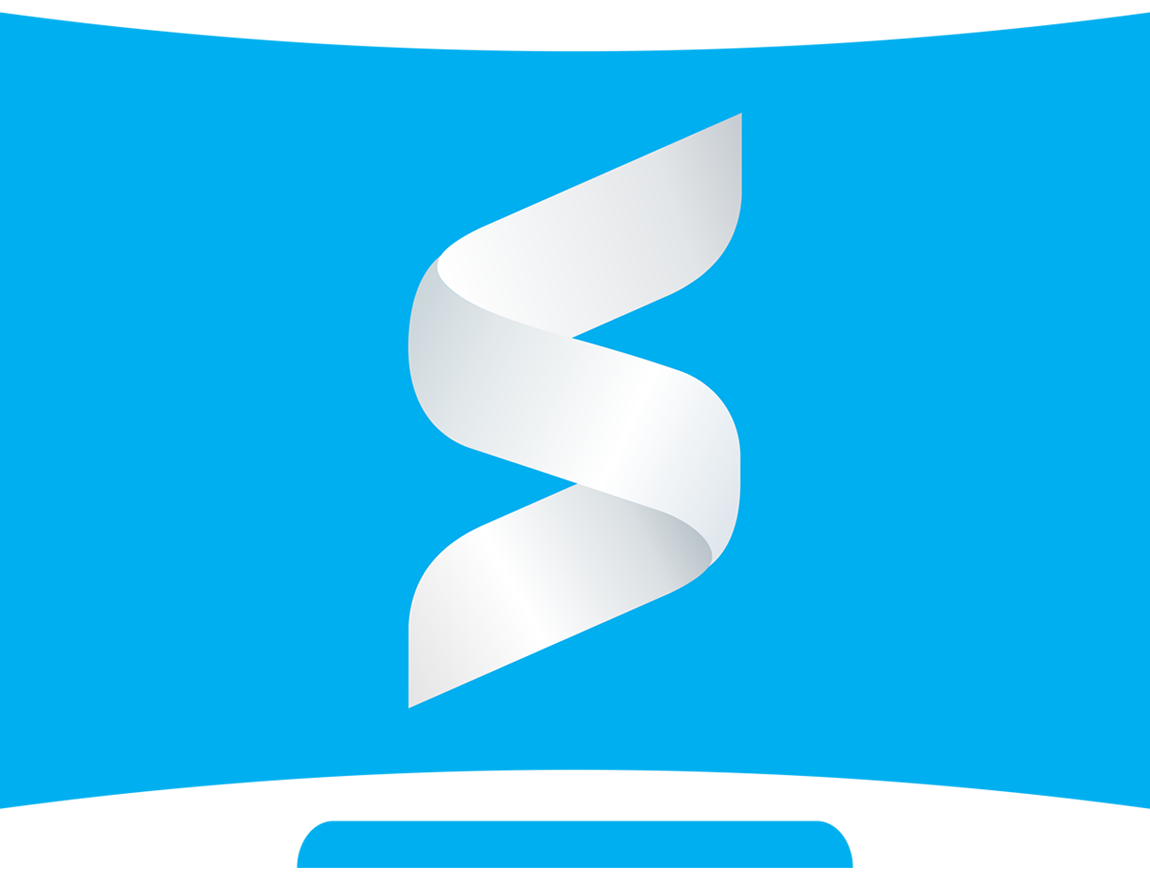HHA 2019 CMS Rulings on RPM, CPT codes, 990X0, 990X1, 994X9
March 19, 2019

CMS has acknowledged the benefits of Remote Monitoring in their Oct-31, 2018 Final Ruling for program CY 2019 Home Health Prospective Payment System specifically in section “H. Change Regarding Remote Patient Monitoring” under the Medicare Home Health Benefit. A brief excerpt:
“Additionally, Particularly for patients with chronic obstructive pulmonary disease (COPD) and congestive heart failure (CHF), research indicates that remote patient monitoring has been successful in reducing readmission’s and long-term acute care utilization”
And part of CMS’s “Final Decision”: We are finalizing our proposal to define remote patient monitoring under the Medicare home health benefit as “the collection of physiologic data (for example, ECG, blood pressure, glucose monitoring) digitally stored and/or transmitted by the patient or caregiver or both to the home health agency.” and followed with “We are finalizing our proposal to amend the regulations at 42 CFR 409.46 to include the costs of remote patient monitoring as an allowable administrative cost (that is, operating expense), if remote patient monitoring is used by the Home Health Agency to augment the care planning process.”
Below is the brief summary of this Ruling:
- CMS has distinguished Chronic Care Remote Physiologic Monitoring (RPM) from Telehealth Service enabling Home Health Agencies (HHA) to provide RPM services to their clients at homes.
- CMS included the costs of remote patient monitoring as an operating expense, if HHA using remote patient monitoring to augment its care planning process.
- Three new CPT codes added starting January 2019 are discussed in more details:
| New CPT Code | Description | Frequency & Payment |
| 990X0 | Initial Set Up and Patient Education for RPM | One time per episode |
| 990X1 | Device Supply with Daily Recordings for Remote Monitoring of Physiological Parameters This code cover the cost for the supply of the RPM technology. | Approx. $69/month |
| 994X9 | Clinical Staff Time of at least 20 minutes for Remote Monitoring of Physiological Parameters | $53/month |
How do these CPT codes differ from CPT code 99091?
The following are the key differences between from these new Chronic Care RPM CPT codes and the current CPT 99091. These differences now enable Home Health Agencies to deploy RPM equipment at their clients home and benefit from RPM:
- Clinical Staff is allowed – New code 994X9 can be performed by any clinical staff including RN, Medical assistant, enabling HHA to participate in RPM. CPT code 99091 is limited only to qualified health care professionals such as physicians and does not expressly allow the RPM service to be delivered by clinical staff such as RNs or medical assistants.
- Cost of initial set-up and patient education is covered –The new CPT 990X0 covers for the cost of work associated with setting up the equipment, training the patient and with onboarding a new patient. This reimbursement makes it easy for HHA to deploy and onboard RPM technology into client’s homes.
- Monthly cost of equipment is covered – The new CPT990X1 covers the monthly cost associated with the equipment and transmission of the vitals. This cost is approximately $69/month. Cost of the equipment was not covered under CPT99091. Companies such as Safety Labs provides equipment, access and support for less than $69/month enabling Home Health Agencies to also benefit financially from each deployment.
- Less time required – CPT 994X9 requires 20 minutes per calendar month where as CPT 99091 requires at least 30 minutes per 30-day period thus saving of 10 minutes (i.e. 50% time saving of time).
Key Take Away:
Following are the key take away from the 2019 development and CMS final ruling for Home Health Agencies & home infusion therapy suppliers:
- The New CPT codes introduced for 2019 now align with remote patient monitoring best practices for healthcare providers such as Home Healthcare Agencies and home infusion therapy suppliers.
- Home Healthcare Agencies, Senior Living Healthcare providers should prepare for these new opportunities. First step is to understand the benefit of RPM – How RPM enables healthcare providers reduce unexpected hospital readmissions and provide right care at the right time enabling to patriciate in value-based payment systems and attract institutional references. Once RPM is seen as necessary steps understand how to select the right RPM solution. Following the 6 step by step processes will enable a Home Health Agency to understand their requirements and identify the right technology vendor.
- Home Healthcare Agencies, Senior Living and other health providers should plan to launch their RPM program. HHA, Senior Living, ACO, Community Care organizations should work with companies, such as Safety Labs, to help deliver RPM services to their patients.
| Why Safety Labs’ Remote Care Solution? | |
| Using our innovative technology, Home Healthcare Agencies can deliver health, wellness and safety through their clients’ TV. HHA can monitor client’s health, vitals, provide medication reminders and engage them into healthy lifestyle using automated outreach. See this 3 minute video on how. |  |
| TOP 5 REASONS WHY US? | |
|
|
Contact Us for more information, request a no-obligation 20 minutes Demo, download a White paper, or download our Brochure to learn more.

